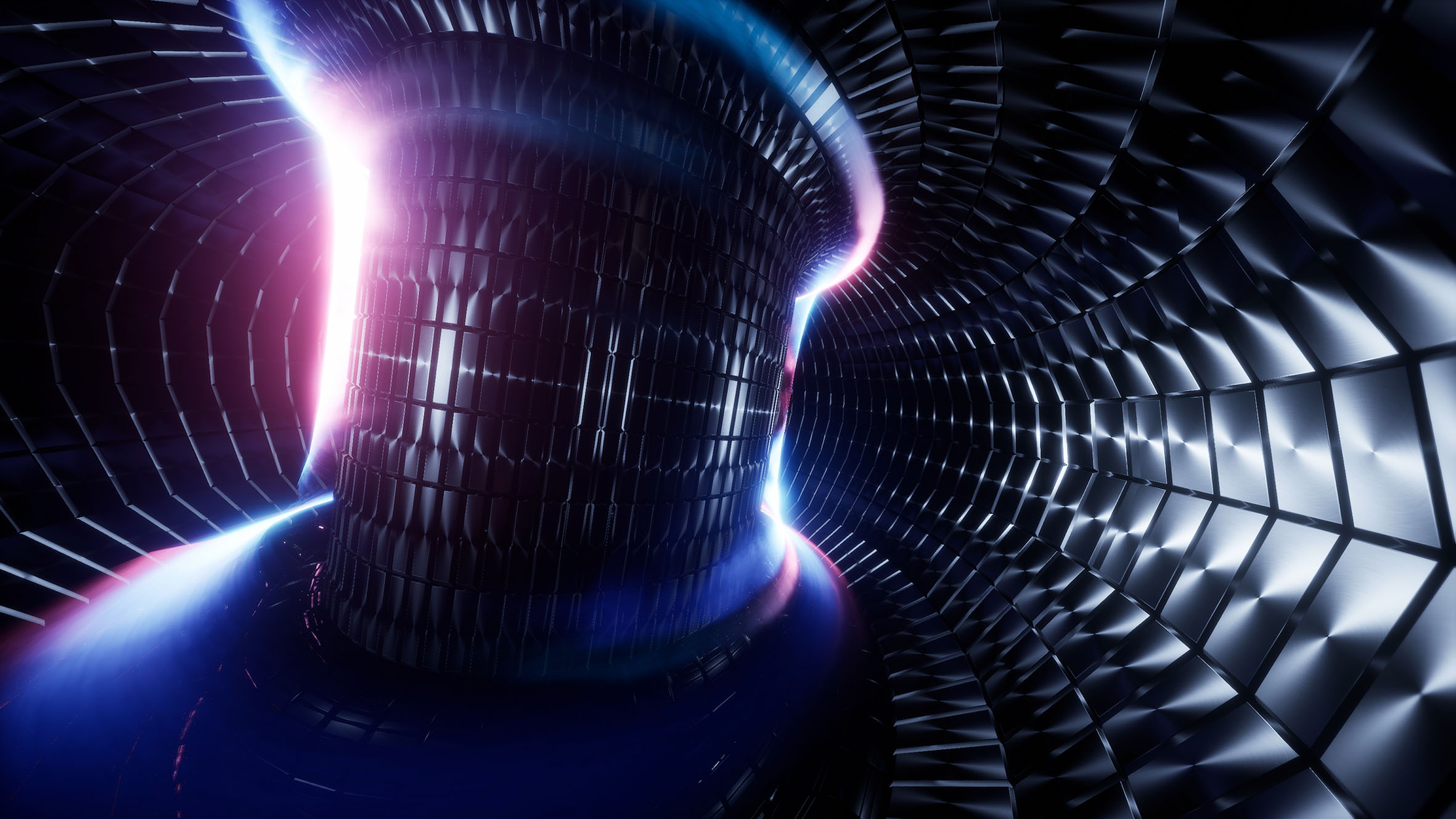Designing Materials for Extreme Environments
Nuclear energy sources are high energy-generating, reliable, and have low emissions, with current research providing promising pathways towards minimizing hazardous pollutants through novel fuel sources and waste processing strategies. The potential for nuclear fusion reactors is particularly exciting, with the latest fusion test reactor, DEMO, estimated to generate a nominal power output of 2000 MW using environmentally safe fuel sources. Yet before such reactors are feasible, significant work is needed to address the extreme internal conditions (high temperatures, mechanical stresses, and radiation fluxes) predicted for next-generation nuclear fusion and fission reactors, which exceed the capability of most modern structural materials. Our research focuses on the creation of novel structural materials for extreme environments, capable of withstanding the complex environment of thermal, mechanical, and radiation stresses found in nuclear systems. We utilize material design principles, coupled with optimization processes, to synthesize ideal alloy compositions and microstructures. Sample stability is explored through rapid characterization, coupled experimentation, and targeted in-situ experiments.

